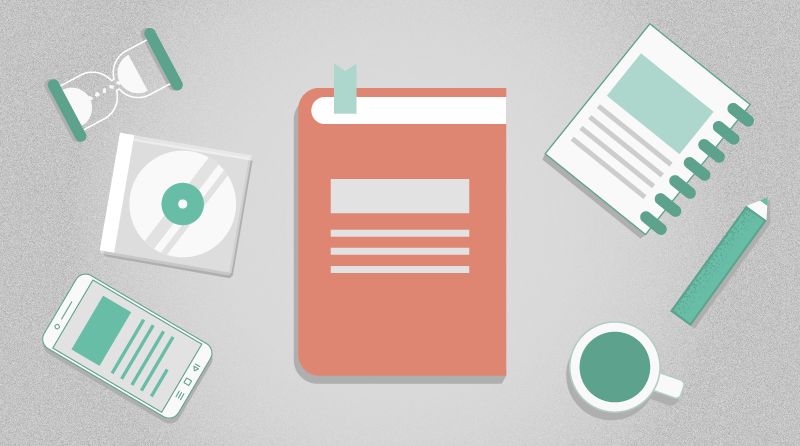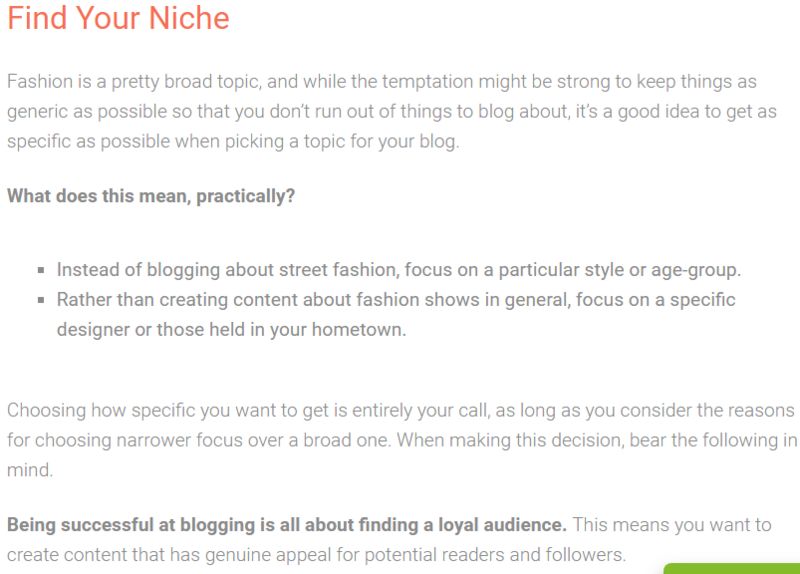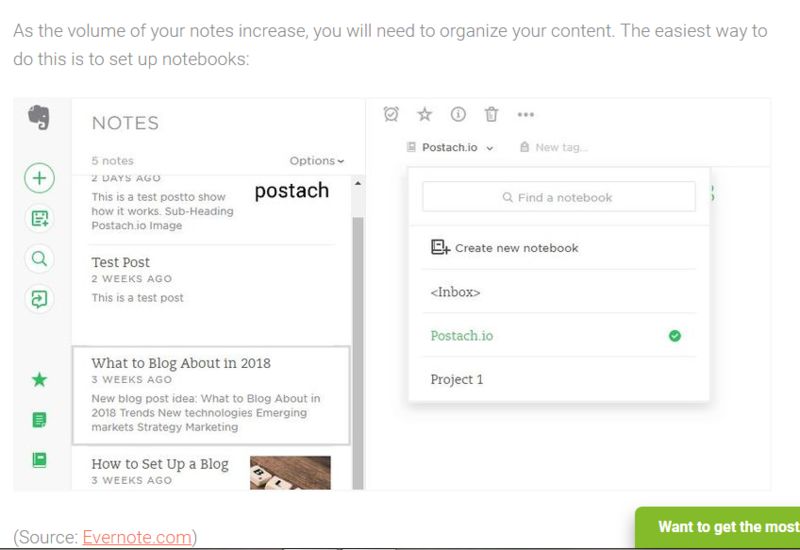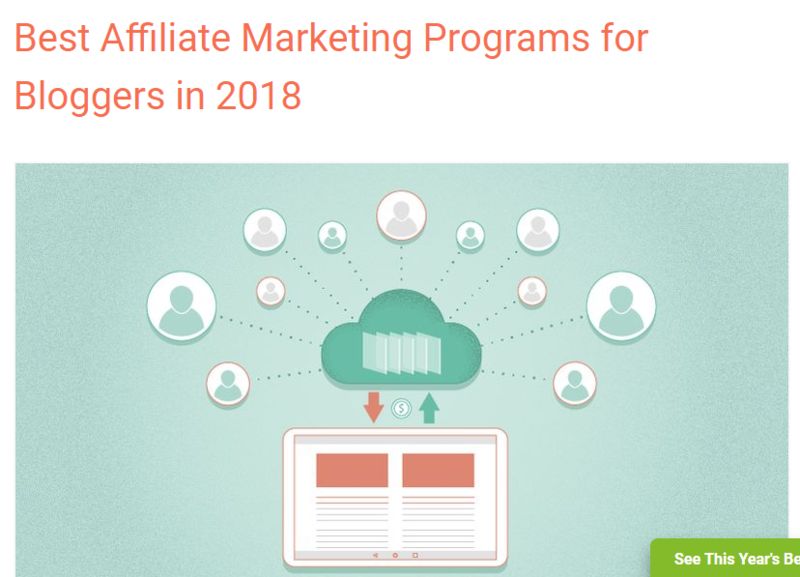How to Write a Blog Post: The Ultimate Guide

Writing blog posts isn’t an exact science. There’s an element of art in creating an engaging, informative, and relevant content for your audience. Yet, there is a formula that you can follow to deliver the posts that add value for your readers.
The best blog posts are focused to a specific audience, addressing a particular issue or problem. This very one is aimed at novice or intermediate bloggers guiding them on how to write posts, for example.
A well organized blog, full of high-quality content can be one of the most valuable marketing assets for your business. Statistics show that companies who have an active blog receive 55% more traffic than those that don’t.
This is driven by the fact businesses using blogs enjoy 97% more inbound links, which boosts their SEO, leading to higher ranking in search engines. There’s also the additional appeal being able to share your expertise and knowledge, which helps to build your brand authority.
And it can all be done on a tight budget, without all the costs that come with advertising or trying to shortcut your way up the search rankings.
We could go on and on about why you should be writing epic blog posts, but without any further ado, let’s dive into the first step of the formula:

(Source: Stock.adobe.com)
Step One: Identify Your Audience
Even if you feel you know your audience, it’s always worth keeping on top of the latest trends. It’s important to view your readers as a collection of individuals rather than one big group with the same interests. Within those groups, you will make some surprising discoveries.
In-depth research and analysis of your readers will be the foundation for your content. An article from Entrepreneur delivers a revealing insight into the different demographics of the United States. One of the more eye-catching statistics points out that over-50s buy 25% of toys sold in America.
This is a prime reason to create “buyer personas."
Hubspot uses a good definition:
“Buyer personas (sometimes referred to as marketing personas) are fictional, generalized representations of your ideal customers.
“Buyer personas are useful because they can be used to tailor your marketing strategy to specific groups of customers.
“Personas help us all — in marketing, sales, product, and services — internalize the ideal customer we’re trying to attract, and relate to our customers as real humans. Having a deep understanding of your buyer persona(s) is critical to driving content creation, product development, sales follow up, and really anything that relates to customer acquisition and retention."
How to Build Buyer Personas
The best way to gather the information required to build personas is communicating with your readers. Incentivize them to take part in surveys or comment on your posts. Encourage discussion and respond to feedback. Combining primary and secondary research will give you a complete picture.
For a survey, the questions you ask need to be relevant to your business and its products. Here are the areas you should cover:
Who are they?
- Age
- Gender
- Profession
- Location
- Family status
- Income level
- Leisure time activities
- Education level
- Home ownership
What do they buy?
- What products they buy (If any)
- How often
- How do they use your products
Feedback
- Ratings
- Referrals
- Brand loyalty
The answers will give you an indication of the lifestyles of your readers, what their interests are, and what they are likely to read.
Once again, Hubspot has some great tools and templates you can use to gather the information you need.
Step Two: Choose the Right Topic and Nail the Title
Now that you understand your audience and know the type of content they want to read, you’ll be ready to find the right topics. To begin with, you need to consider these factors:
- Relevance: The topics should be relevant to your business. For example, a post on backpacking is more appropriate for a travel agency than a law firm. Readers come to your blog to read specific content.
- Expertise: Given the fact posts should be at least 1,000 words long, you need to have the knowledge on your selected topic.
- Keywords for SEO: You should carry out keyword analysis to see which keywords can help your post rank on Google. Consider using Moz or similar tools. Utilizing them will drive traffic to your blog and therefore, your business.
When you have come up with an idea for a topic after going through these factors, come up with a “working title." This will not necessarily be your final headline but it can be used to focus your content as you begin writing.
Let’s take a look at a recent post, How to Start a Fashion Blog the Easy Way. The keyword here was “fashion blog." So I had a play around, and eventually decided I was going to write on starting a fashion blog. The working title then became “Starting a Fashion Blog."
This allowed me to have a focus to work with and begin writing the post. Once I was completely settled on the idea, I could then come up with an engaging headline which evolved to become: How to Start a Fashion Blog the Easy Way.
As you can see, coming up with a topic and then a title is an evolving process. The important thing is to get a focus early on, which will allow you to be flexible as you put together the body of your post. The title needs to include the keyword and reflect what the post is about.
It needs to be engaging, not misleading. Over-hyping and under-delivering will only put readers off.
If you’re still struggling to come up with ideas, then you should use this title generator tool.
Step Three: Organize Your Posts
It’s a good idea to come up with topic ideas in advance so you can plan your content calendar. While you should be consistent in the sense of writing about things relevant to your business, you should have variety. Organizing your posts should allow you to do this.
Do the keyword research at the end of each quarter, identify promising topics, and then schedule ahead for the next quarter. This will help you avoid clashing titles such as: “How to Write a Travel Blog" and “The Ultimate Guide to Travel Blogs," within a week of each other.
Creating varied content will keep your readers engaged, and come back for more.
Step Four: Writing Your Post
Now we finally come to the meat of the formula - writing your post. As you’d expect, there’s a number of factors to think about here and we’ll go through them one by one:
Write a Killer Intro
As well as the title, the first paragraph is critical to grabbing the attention of the reader and keeping them engaged. Recent studies have shown that 80% of blog visitors read the title and ignore the rest. This underlines the importance of both of title and introduction.
You need to captivate your readers with empathy and set out what your post is about. Throw in a statistic or interesting fact to give the air of authority. Make it personal and set the tone for the rest of the post.
Take your time on this small, yet critical part of your post. Lose your readers here and you will not get them back.
Main Body
The main body of the post is the bit between the introduction and conclusion. To keep your readers engaged, you need to avoid creating a wall of text. Make it scannable with headings and sub-headings. Keep your paragraphs and sentences short.
In terms of formatting, don’t be afraid to use bullet points to break up a wall of text. Bold key sentences and use color to separate the headings from the main paragraphs. Take a look at a snapshot of a previous post below:

(Source: Author’s screenshot)
As you can see, the reader will be able to follow what the main points are without having to read the text in great detail. Smart use of formatting and the way you structure your post can make all the difference in retaining visitors.
Essentially, you need to make your posts as easy as possible to read.
The content itself needs to be useful and informative. Show some examples and share links to support your point. The tone should reflect your brand and audience.
Conclusion
This is the part where you sum up all the key points in a few paragraphs. You should be assertive and confident whether you’re stating facts or expressing your views.
State the key takeaways for readers and outline the actions they should take going forward. Once more, don’t be afraid to break up the text by using sub-headings or bullet points to reinforce the key points.
Keep your conclusion concise and focused. The last thing readers will want to read at the end of your post is a rerun of the main body.
Images
Using images is a great way to keep the reader’s attention throughout the post. They not only break up the text but also help to lift your content to another level.

(Source: Author’s screenshot)
The screenshot above is a great example of how images can add value to your post. It shows you how to set up a notebook far more clearly than text could do alone.
Images of real-life examples can enable you to build empathy with your readers and show solutions, rather than simply telling them what to do.
There’s the golden rule of correctly attributing images to the correct source. Usually, simply including the website is enough but ensure you are protected from copyright breaches.
Step Five: The Extras
You’ve written your post, thought of a great headline, and now it’s all published. That’s it, right? No - there’’s a number of things you can do before you hit that final publish button:
Featured Image

(Source: Author’s screenshot)
The image you see at the top of the post is a “Featured Image." It helps you to engage with your readers instantly. It should reflect the topic of the post in a creative and fun way.
Featured images are also useful for sharing your content on social media. This is underlined by the fact tweets with images get 150% more retweets than text only versions.
Meta Descriptions
Meta descriptions are found below the page title on Google’s search results. They provide a short summary of your posts before the searcher clicks on it. Ideally, they should be no more than 150 characters and start with a punchy verb like “Discover," “Learn," or “Read." It’s important to note that meta descriptions no longer contribute to Google’s search algorithms but they can improve your click through rate from search engines.
Finally… Edit and Proofread Your Post
This is the number one rule to follow before publishing your post. You need to get your piece proofread - ideally by others as well as by yourself. This will filter out any inevitable typos and spelling mistakes. Reading through your post will also lead to edits that will improve your post even further. You should use tools like Grammarly and Hemingway Editor to streamline your content for your readers.
It’s worth remembering that the tools are only as good as the user. Do not blindly accept all of their recommendations and think about how each one improves your post.
Final Thought
By following the steps in the formula set out, you will be ready to write high-quality posts that engage your readers.
The first step is to get to know your audience. Even if you think you already know them well, there’s always more research you can do. Understanding your readers will lead you to creating the posts they want to read.
The key is to keep focused on the topics you write about, ensure those topics are relevant to your business. The title needs to contain a competitive keyword for SEO and grab attention at the same time.
In terms of the content itself, consider the layout. Make it scannable and highlight the key points through formatting. In today’s fast-paced digital age, the reader’s time is short and valuable. Images also help to break the text up and keep your reader’s attention.
Then there’s the extras. A carefully crafted meta description will drive up your traffic from search engines. The Feature Image can boost engagement not only on your blog but also on social media.
In the final step before hitting that publish button, proofread your post. Iron out any typos and make the last edits.